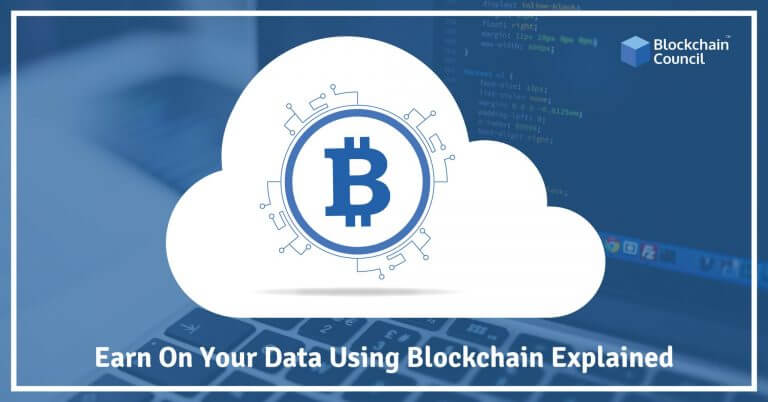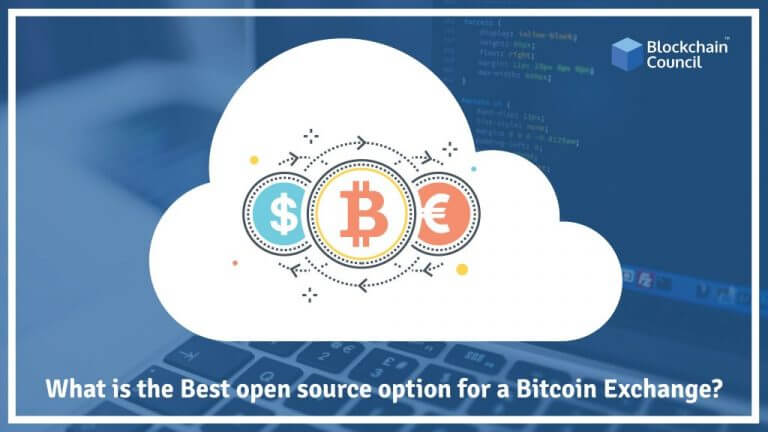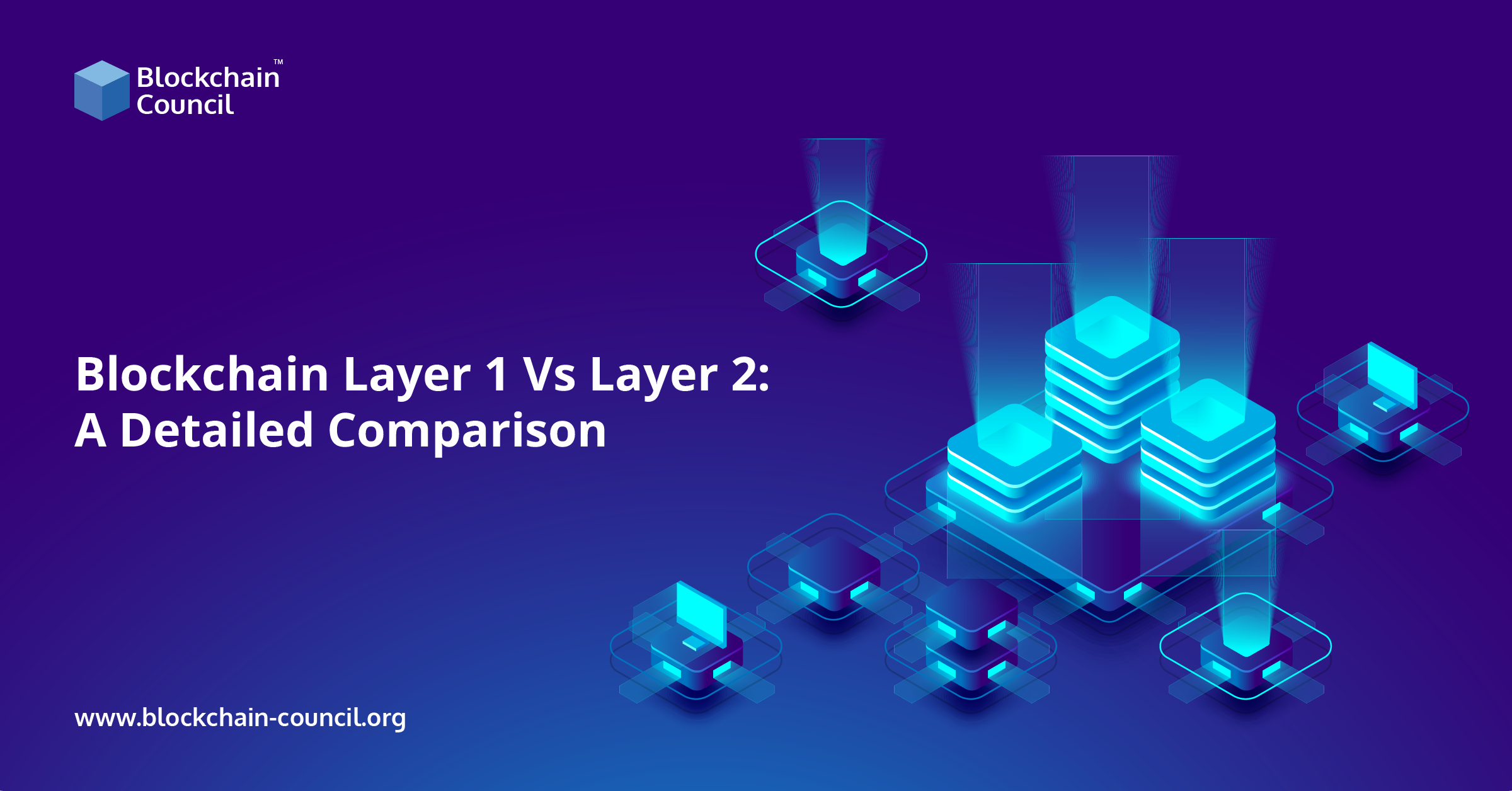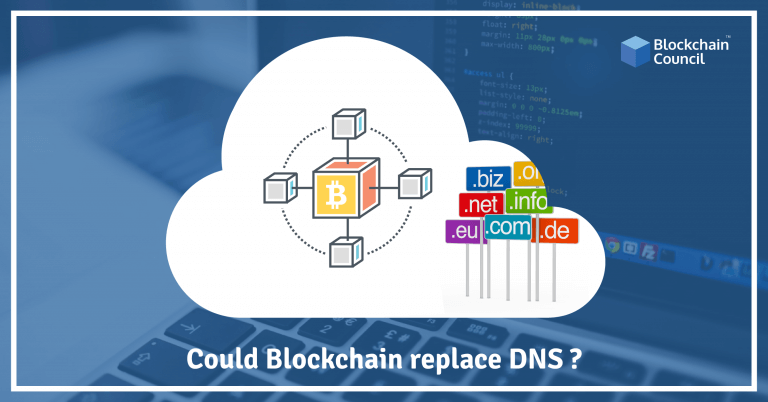
- Toshendra Kumar Sharma
- May 10, 2018
Personal information is one of the most valuable pieces of information for businesses that operate on the internet. Companies like Google and Facebook employ sophisticated data analytics in order to glean valuable information from the large set of data that they have access to and use that information to serve targeted ads across various web-based platforms. For the first time since the inception of the internet, Blockchain technology can provide an easy way for users to claim ownership of their data and to use it as they see fit. Here’s a look at how our data is used and how blockchains can give us a choice in the matter.
What is Personal Data and Why Is It Important?
Personal data is an umbrella term that refers to a lot of different kinds of information that may or may not help identify a person. Specifically, Personally Identifying Information (PII) is information that can be used on its own or with other information to identify, contact, or locate a single person or to identify an individual in context. For example, your name, where you live, your email address, location records gathered by your mobile phone, your IP address and medical history are all parts of personal information. Having one’s personal information accessed by people who should not have access to it is cause for concern for most people. Malicious breaches could have sensitive information like Social Security Numbers and Bank details stolen resulting in serious financial and security problems. Therefore, it is necessary to make sure that sensitive personal information is kept secure at all times.
Personal information about users is valuable to companies as it makes for more interest from advertisers. Companies like Google, Facebook and others rely heavily on revenue from advertising for their overall functioning. In practice, that means that these companies track their users in order to deliver targeted advertisements. These companies can deliver targeted ads to a particular demographic. For instance, males between the ages 30-40 who live in near Chicago and like beer could be targeted by a new beer brand which wants to compete in this area. This type of service is very valuable to advertisers as it helps them reach their intended audience like never before. By comparison, ads in the newspaper or television are less effective as advertisers have very limited choices when it comes to the demographics of their audience.
How Can Blockchains Help?
Blockchains provide us with a new and powerful way to share information on a need to know basis with other people. It also makes it easier to track ownership and make sure that information transmitted is authentic. This allows for much better allocation of how our personal information is used and ultimately gives us more control over the decision. In this new model, instead of companies being privy to our personal data, we all get to choose how much we want to share and for how much. Some blockchain based projects like Brave and Bitclave are already working on solutions to these problems.
- Brave Ecosystem – The Brave ecosystem consists of the Brave browser that is available on all major Operating Systems along with the Basic Attention Token (BAT.) Brave browsers are shipped with a built-in ad blocker that can be selectively turned off to get payment in the BAT. All of the bookkeeping required to make the payments is handled from within the browser thereby eliminating the need for a trusted central server. In this way, Brave allows users to get paid for their attention in viewing ads. This also benefits the advertisers as they get an audience that is willing to watch ads, making for a more effective overall ad campaign.
- BitClave – Bitclave is another blockchain based startup that is tackling the problem of excessive surveillance by major internet companies like Google, Amazon, and Facebook. BitClave’s Active Search Ecosystem (ASE) helps users find products to buy from their nearest reseller. This helps eliminate the middleman in the transaction and could help bring down costs for both users and resellers. For example, a user who is in the market to buy a new bike can use the ASE to look for the best deals in their area. Local resellers in the area would then be able to make custom offers to the user based on their requirements. In doing so, they can pass the savings on advertising costs directly to the customer. Even in the event that the user chooses not to purchase the deal offered by the dealer, the user still gets paid in the Consumer Activity Token (CAT) for taking the time to look at ads and sharing their requirements. Therefore, users get much more control over their personal information and also a chance to benefit monetarily from it.





































































 Guides
Guides News
News Blockchain
Blockchain Cryptocurrency
& Digital Assets
Cryptocurrency
& Digital Assets Web3
Web3 Metaverse & NFTs
Metaverse & NFTs
